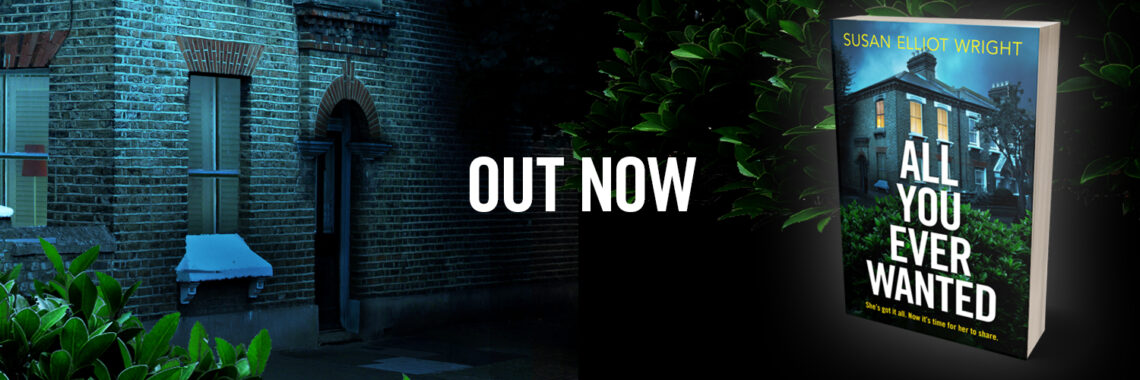The Writing Bit
How do you make your dialogue convincing ? It has to be realistic enough to be believable , but your characters shouldn’t speak exactly like real people, and you only have to eavesdrop on a few conversations to see why. Real people say ‘um’ and ‘er’; we waffle; we go off the point; we don’t finish our sentences; we use the wrong word; we can’t remember why we started telling you this in the first place. Characters can’t get away with that (well, once, maybe, to make a point about the character).
But by and large, what your characters say should be more interesting, meaningful and to the point than what real people say, and they should say it in more interesting ways. If you catch your character wittering on about something that really isn’t relevant to his/her character, the scene, or the overall story, it’s time to shut them up!
Dialogue is a wonderful way of ‘showing’ rather than ‘telling’, but we do need to ‘tell’ sometimes, such as when showing would clearly bore the pants off our readers. So for example, it’s ok to summarise:
‘How was work,’ he asked.
She sat heavily on the sofa and sighed. ‘You don’t want to know,’ she said, and then proceeded to give him a blow-by-blow account of her day.
In terms of the characters and their relationship, maybe we do need to know that they had this discussion, but we don’t need to hear the blow-by-blow account of her day, so summarising in this way is fine.
Speech attribution
He said/she said. That’s it; it’s all you need. Anything else is an authorial intrusion, because the reader is likely to notice it, and when a reader notices the writing, it means that he or she has stopped reading, albeit briefly. Ok, we can probably get away with ‘he whispered’ (or muttered/yelled/shouted); and I don’t think the reader is likely to trip up over ‘she asked’ (or replied/added/continued) but please, oh please, avoid speech tags that are unnecessary or inappropriate at best, and at worst pompous, overblown or archaic. I have seen all of the following used as speech tags in contemporary fiction: opined; interjected; retorted; exclaimed; remonstrated; expostulated; and (I kid you not) ejaculated.
The simplest tag of all, ‘said’, is virtually invisible on the page. If you feel you’re using it too much, can you show who’s speaking by their actions, or just by what they’re saying? For example:
‘Hey, at last!’ He stood up, smiling, his arms outstretched.
She hurried towards him, dropped her bags at his feet. ‘I’m so, so sorry!’ She leaned in and kissed him. ‘First I couldn’t get a taxi, then the traffic was horrendous and the stupid man kept going on about what was wrong with the transport system in this country, and …oh sorry, I’m rambling. But I mean really, do I look like the sort of person who would be interested in – ‘
‘No, darling, you don’t. Anyway, you’re here now.’ He leaned over and pulled out the chair opposite. ‘Sit down. Drink?’
‘Oh lovely. G and T please.’
He looked around for a waiter. ‘Gin and tonic for my companion, please.’
She giggled. ‘Ooh, get you. “my companion” indeed.’
He leaned back in his chair, a smile spreading slowly over his face. ‘So how would you describe yourself?’
‘Let me see…girlfriend is too young; ladyfriend is too old. Mistress? No, then people would think you were married. Shame; I quite like the idea of being a mistress.’ She leaned towards him and lowered her voice. ‘How about lover?’
Ok, it’s not the most riveting piece of dialogue I’ve ever written, but I think you’ll agree it’s fairly easy to tell who’s speaking, and not a speech attribution in sight. I’m not a fan of qualifying ‘said’ with adverbs, either (she said, angrily) But that’s probably a whole different blog post.
So to sum up: he said, she said – fine. That is all.
The Food Bit
If you don’t went to spend too long faffing around in the kitchen, this garlicky mushroom pasta is dead easy and quite delish.
Bring a large pan of salted water to the boil and pop in enough pasta (egg-free if you’re vegan) for two. Meanwhile, slice about 300g of mushrooms. I use a mixture of portobello, chestnut and ordinary closed cap mushrooms. Put in a pan with some olive oil and cook over a medium heat. Crush two big fat cloves of garlic and chuck that in with the mushrooms. Add a good grind of black pepper, a teaspoon of wholegrain mustard and a slosh of white wine. Cook for a couple of minutes – they should be more or less cooked by now – then add about 100ml of string vegetable stock and a squeeze of lemon juice. When the liquid has more or less evaporated, taste, and add salt and more pepper if necessary, and chuck in a handful of chopped flat leaf parsley. Mix with the cooked pasta, adding more olive oil if liked, and serve.
This goes well with most types of pasta. For even more flavour, add a few dried porcini (wild mushrooms). Soak in a little boiling water first, then add to the fresh mushrooms. You can use the remaining water as a base for your veggie stock, but make sure you strain it first because the mushrooms are sometimes a bit gritty. Suitable for vegans if you use vegan wine (or use more stock instead of wine).
To find out more about me and my work, visit: www.susanelliotwright.co.uk
